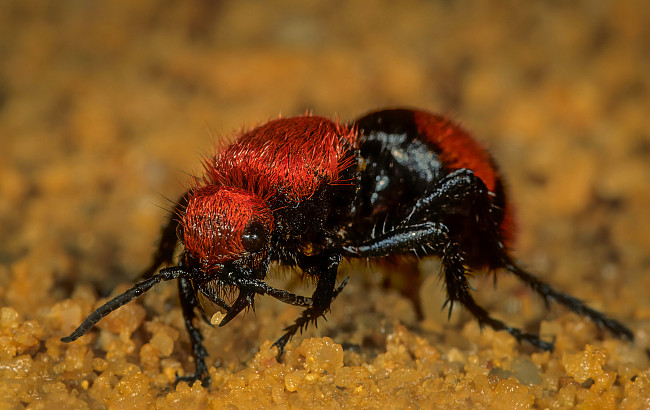Plague may seem like an ancient disease, but the bacterium that causes it persists in rodents and fleas around the world. Researchers are warning that it could resurface in a form that our antibiotics can’t treat and cause another pandemic
Health
25 May 2022
The bacteria that causes plague, Yersinia pestis NIAID/CDC/SCIENCE PHOTO LIBRARY
THE onslaught, when it came, was swift and merciless. It started in Crimea in 1347 before fanning out across Europe, killing terrified and defenceless people by the million. The sickness causing all this death subsided in 1351, but returned with a vengeance a few years later. By the time the second wave had passed, more than 50 million people had died.
“It was the most important, the most impactful, the worst event that ever happened in Europe,” says Alessia Masi at the Max Planck Institute for the Science of Human History in Jena, Germany. She is talking about the Black Death, a five-year outbreak of plague that, by some estimates, killed half the population of medieval Europe.
That dreaded episode is etched into our collective memory of the Middle Ages, which is perhaps why the plague feels like ancient history. But the bacterium that causes it is very much still with us, and epidemiologists are now warning that this deadliest of pathogens could yet reawaken in an even scarier guise. Far from being a spectre from the distant past, the plague could well become a disease of today, unless we start to take its threat more seriously.
To plague historians, the Black Death was merely an early chapter – albeit a particularly gory one – in a series of pandemics that ravaged western Eurasia and north Africa for the best part of five centuries. It wasn’t the first of its kind. That dubious honour goes to the pandemic that broke out in Constantinople …


























































